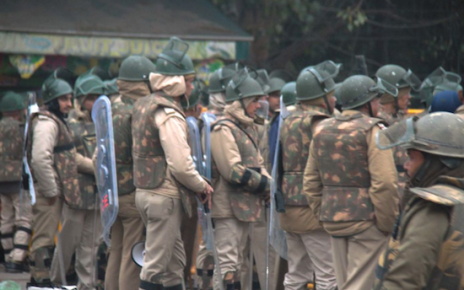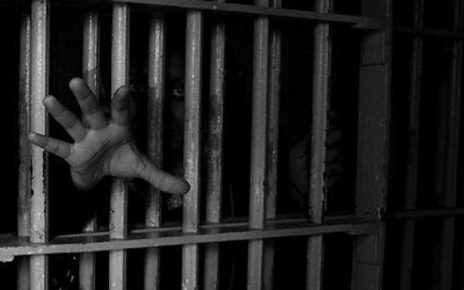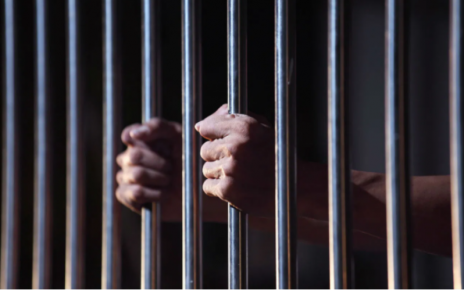Justice News
Published on 27 June 2020
A total of 1,731 people died in custody in India during 2019. This works out to almost five such deaths daily, according to a report by a rights group released on Friday.
Timed with the International Day in Support of Victims of Torture, ‘India: Annual Report on Torture 2019’ said 1,606 of the deaths happened in judicial custody and 125 in police custody.
“Out of the 125 deaths in police custody, Uttar Pradesh topped with 14 deaths, followed by Tamil Nadu and Punjab with 11 deaths each and Bihar with 10 deaths,” said the report published by the National Campaign Against Torture (NCAT).
The other States in that order are Madhya Pradesh with nine deaths; Gujarat with eight; Delhi and Odisha with seven each; Jharkhand with six; Chhattisgarh, Maharashtra and Rajasthan with five each; Andhra Pradesh and Haryana with four each; Kerala, Karnataka and West Bengal with three each; Jammu and Kashmir, Uttarakhand and Manipur with two each; and Assam, Himachal Pradesh, Telangana and Tripura with one each.
The Tripura case was that of Mangal Das who died in Gomati district’s Radha Kishorepur police lock-up on October 31, 2019. Former Chief Minister Manik Sarkar had on June 21 listed his death among the four — three this year — in a letter to Chief Minister Biplab Kumar Deb.
Of the 125 cases in police custody, 93 persons (74.4%) died due to alleged torture or foul play, while 24 (19.2%) died under suspicious circumstances in which the police cited suicide (16), illness (seven) and injuries (one). The reasons for the custodial death of five others (4%) were unknown, the report said.
“Torture methods used in 2019 included hammering iron nails in the body (Gufran Alam and Taslim Ansari of Bihar), applying roller on legs and burning (Rizwan Asad Pandit of Jammu and Kashmir), ‘falanga’ wherein the soles of the feet are beaten (Rajkumar of Kerala), stretching legs apart in opposite side (Rajkumar of Kerala), and hitting in private parts (Brijpal Maurya and Lina Narjinari of Haryana),” said NCAT director Paritosh Chakma.
The other methods of torture included electric shock, pouring petrol or applying chilli powder on private parts, beating while handcuffed, pricking body with needles, branding with a hot iron rod, beating after stripping, urinating in mouth, inserting a hard blunt object into anus, beating after hanging upside down with hands and legs tied, forcing to perform oral sex, pressing finger nails with pliers, beating with iron rods after victim is suspended between two tables with hands and legs tied, and kicking the abdomen of a pregnant woman.
The NCAT’s analysis also revealed 75 (60%) of these 125 belonged to the poor and marginalised communities. They included 13 from Dalit and tribal communities and 15 were Muslims, while 35 were picked up for petty crimes. Three of them were farmers, two security guards, two drivers, a labourer, a rag-picker and a refugee.
Women continued to be tortured or targeted for sexual violence in custody and the victims often belonged to the weaker sections. During 2019, the death of at least four women in police custody was reported, the NCAT said.




